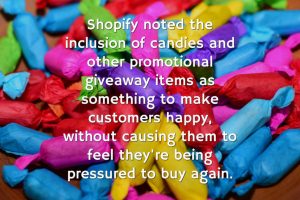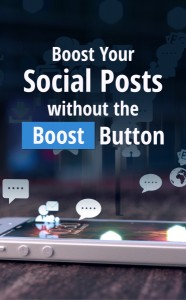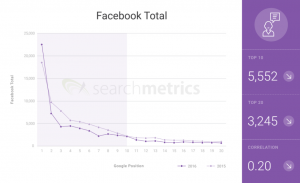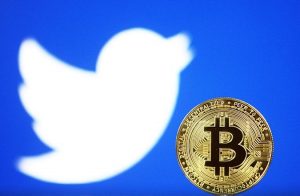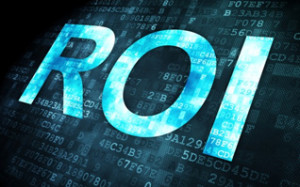In 1983, I identified digital disruption as one of twenty technology-driven Hard Trends that would increasingly shape the future at an exponential rate, and at the same time drive economic value creation. Today, as more and more industries and businesses become disrupted, it is important to understand that digital disruption happens in waves.
If an industry has already been disrupted, chances are more innovators — emboldened by the spike in news stories and early success that comes with such developments — will hop on the bandwagon, trying to best whatever innovation prevails at the time. In addition, the Three Digital Accelerators I also identified way back in 1983 – the exponential growth in processing power, digital storage, and bandwidth – are now far enough along in their exponential growth curve to enable rapid multiple revolutions in any field. What does all of this mean? If your career, business, and industry has already been digitally disrupted, plan on it being disrupted again.
What’s more, if digital disruption hasn’t happened to your industry yet, you’re not at all immune. People out there are literally reinventing the wheel every day, as well as many new wheels that were impossible just a few years ago, and they’ll do it in your field sooner or later; this is a Future Fact.
Education has felt the early impact of digital disruption from online or distance schooling, and a few other innovations, but the big disruptions have not hit yet. They include advanced 3D simulations, gamification, social learning tools and more.
Like education, both manufacturing and healthcare have seen early disruptions driven by advanced automation and robotics, e-patient records and telemedicine. The impact has been slow and quite small compared to the larger waves of rapid disruption that are just about to reach their shores.
Let’s look at physical retail stores as an example, early digital disruption happened when Amazon.com expanded beyond books. Customers began going into storefronts to compare prices and find better deals using their smart phone while still at the retailer’s physical location. Like the others mentioned above, these disruptions were relatively slow and the impact was mild compared to what is just ahead.
Some of our most iconic pastimes have been bombarded by change of late: companies like Hulu and Netflix are disrupting TV; telepresence, teleconferencing, and telecommuting are impacting the very idea of showing up to an office every morning; Uber continues to disrupt the taxi industry worldwide; the music business is subject to frequent and unyielding overhauls from new streaming platforms; the travel industry has been turned on its head since Expedia came onto the scene in 2001; even professional sports have experienced some mild turbulence as the popularity of fantasy leagues has swollen to pop-cultural proportions.
Thanks to Venmo, Paypal, and Apple Pay, to name a few, payments are becoming increasingly digitized. And why go to a real gym when you’ve got a personal trainer in the form of a YouTube video? You could also meet with a real trainer via SKYPE while your smart watch records your progress.
Even courtship and dating — some of mankind’s oldest, most enduring customs — have been revolutionized through social platforms like Tinder and OKCupid, or more “traditional” dating sites like EHarmony and Match.com.
While some industries have been affected more than others, it’s a Hard Trend that the transformational changes caused by digital disruption are increasing in frequency across the board, and will continue to do so. The question is: Are you simply going to react to these changes, or are you going to put yourself ahead of them?
The basic thinking is that people don’t like change — which is, of course, untrue. In fact, we’re born craving change. Babies are often in a state of what seems like perpetual dissatisfaction, crying out until they’re fed or physically changed. As adults, we take vacations; we move to new locations, we change jobs and even change careers in an effort to create a better future. These are quick examples of positive changes you are creating, which translates to change from the inside out.
So what, then, is negative change? It’s the kind of change that affects you personally and you don’t see it coming: an erratic performance by the stock market, unplanned travel delays, a sudden drop in property values, or being unexpectedly laid off.
Right now, the way most of us respond to negative change is reactive instead of anticipatory. We get burglar alarms after the first robbery; we diet and exercise when the doctor advises us, but not before; we wait until our relationships are on the cusp of imploding before trying to fix them.
We do these things in hindsight rather than foresight, anticipating and planning for what might happen. But if, extrapolating this idea to industries affected by waves of digital disruption, we become anticipatory about disruption, we can put ourselves ahead of the curve. By digitally disrupting ourselves instead of passively, reactively waiting for it to happen, we can make disruption our biggest competitive advantage — leading the way for personal, business and industrial innovation instead of trying to keep up with the pack in some middling effort to survive.
Digital disruption is increasing exponentially, thanks to advances in the Three Digital Accelerators I mentioned earlier. You will be disrupted if you haven’t already; if you have, you’ll soon face a new wave of disruption, revolutionizing your industry. By using anticipatory methods to ensure you’re riding the crest of this digitally disruptive wave, you’ll end up leading the pack and pushing your industry as far as your creativity and imagination can take you.
What digital disruptions do you see that will transform industries?
Digital & Social Articles on Business 2 Community(93)


